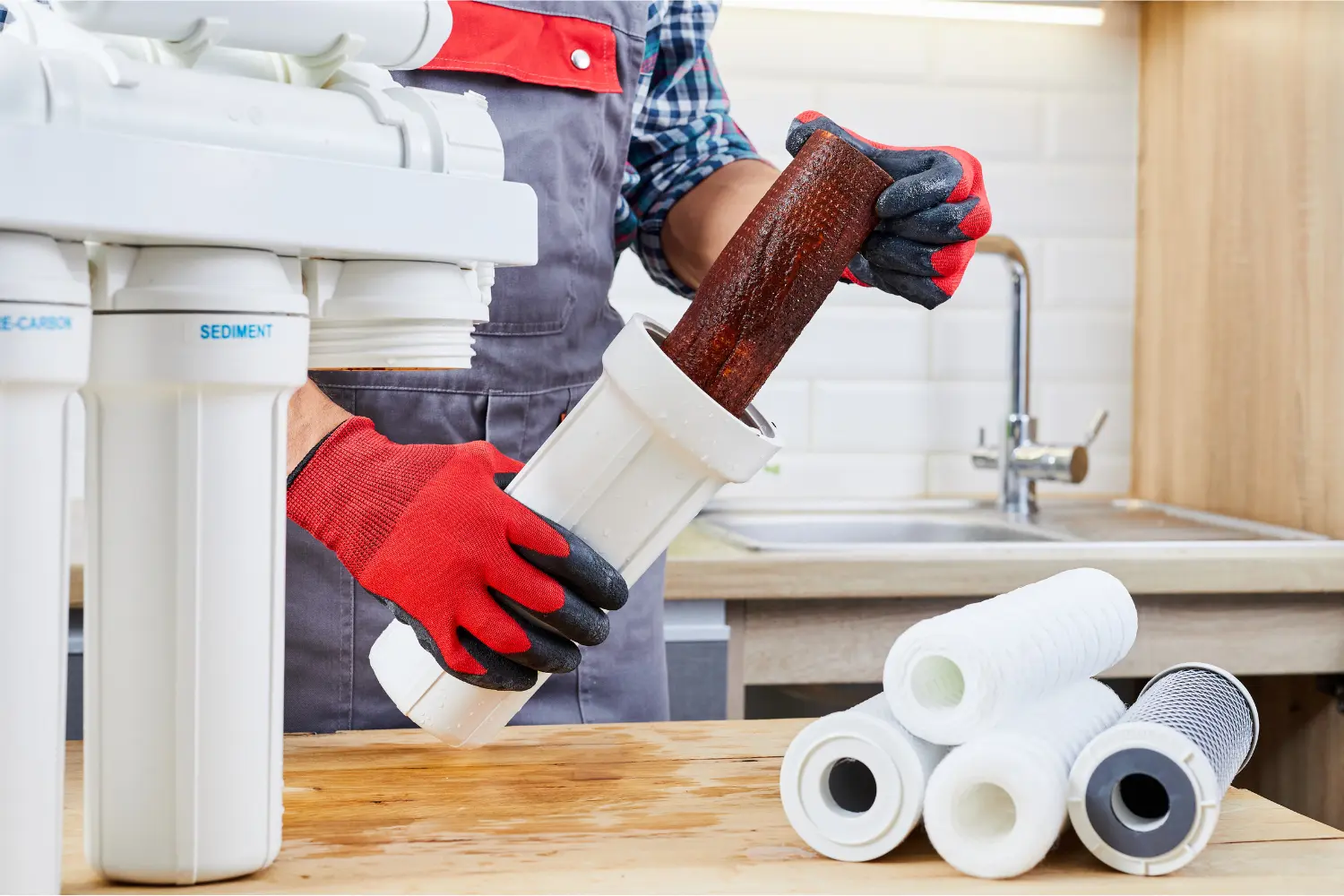Introduction: Why Sewage Tank Cleaning Matters
Every home or commercial building that isn’t connected to a main sewer line depends on a sewage tank or septic system to handle wastewater. Over time, waste builds up in these tanks, and if not properly cleaned, it can cause bad smells, blockages, and even serious health problems. This is why professional sewage tank cleaning is so important.
In this blog, we’ll explain in easy terms how professional sewage tank cleaning works, why it’s necessary, what to expect during the process, and how often you should have it done.
What Is a Sewage Tank and What Does It Do?

Understanding the Basics of a Sewage Tank
A sewage tank, often called a septic tank, is an underground container made to collect and treat the wastewater from your home or business. This includes water from your toilets, showers, sinks, and washing machines.
What Happens Inside the Tank?
Inside the tank, the waste separates into three layers:
- Top layer (scum): Fats, oils, and lighter waste float on top.
- Middle layer: This is mostly liquid wastewater.
- Bottom layer (sludge): Heavier solids settle to the bottom.
Bacteria in the tank naturally break down some of the solids, but not all of it. That’s why regular cleaning is needed — to remove the solid waste that builds up at the bottom.
Why Is It Important to Clean Your Sewage Tank?
The Dangers of a Dirty Sewage Tank
Letting a sewage tank go too long without cleaning can lead to:
- Foul odors around your home or yard
- Slow drains and water backing up in your sinks or toilets
- Overflows that can damage your yard or even your home
- Health risks, as harmful bacteria and germs can leak into your property
Cleaning the tank on time helps avoid all these issues and keeps your plumbing working smoothly.
How Does Professional Sewage Tank Cleaning Work Step by Step?
Step-by-Step Breakdown of the Cleaning Process
Let’s take a look at how professionals clean a sewage tank, from the moment they arrive until the job is done.
Step 1 – Inspection and Preparation
Checking the Location and Condition
Before starting, the professionals will inspect your tank. They check:
- Where the tank is located underground
- If the tank lid is accessible or buried
- The general condition of the tank and surrounding area
They may ask when the tank was last cleaned and how many people use the system daily.
Safety Precautions
Cleaning a sewage tank can be dangerous due to gases like methane. That’s why professionals wear protective clothing and take steps to ensure safety before starting.
Step 2 – Opening the Tank
Once the inspection is complete, they carefully open the tank lid. This lid might be made of concrete or plastic and can be heavy, especially if it’s been buried under soil or grass.
Opening the lid allows them to see the waste levels and begin the pumping process.
Step 3 – Pumping Out the Waste
Using a Vacuum Truck
Professional cleaners use a large truck called a vacuum truck. It has a long hose connected to a powerful pump that sucks out the waste from the tank.
The pump removes:
- The sludge from the bottom
- The liquid in the middle
- And even the scum (fats and oils) floating on top
This process usually takes 30 minutes to 1 hour, depending on the size and condition of the tank.
Step 4 – Rinsing and Cleaning the Inside
After pumping, professionals may rinse the inside of the tank with clean water. This helps remove:
- Stubborn sludge stuck to the walls
- Extra residue that bacteria couldn’t break down
They may use special tools like long-handled brushes or pressure hoses for this step. Some cleaning services also check the pipes connecting to the tank to make sure there are no blockages.
Step 5 – Final Inspection
Once the tank is empty and clean, the team does a final inspection. They check for:
- Cracks or damage to the tank walls
- Signs of tree root invasion
- Leaks or unusual wear in the structure
Catching these problems early can save you from expensive repairs later.
Step 6 – Closing and Cleaning the Area
After the inspection, the lid is securely closed and the area is cleaned up. If the lid was buried, they’ll cover it with soil or grass. The vacuum truck then drives away with the waste, which is disposed of at an authorized treatment facility.
How Often Should a Sewage Tank Be Cleaned?
Cleaning Frequency Based on Usage
The time between cleanings depends on several things:
| Household Size | Tank Size | Recommended Cleaning |
|---|---|---|
| 1–2 people | 1,000 gallons | Every 5–7 years |
| 3–4 people | 1,000 gallons | Every 3–5 years |
| 5+ people | 1,000+ gallons | Every 2–3 years |
Larger families, or homes that use a lot of water (washing machines, dishwashers), will need more frequent cleanings.
Signs You May Need to Clean Your Tank Sooner
- Bad smells coming from drains or your yard
- Water draining slowly in sinks or bathtubs
- Toilets that flush slowly or gurgle
- Wet spots or lush grass over the tank area
- Sewage backup inside the house
If you notice any of these signs, call a professional right away.
What Are the Benefits of Hiring Professionals?
Why You Should Not Try to Clean It Yourself
Some people may think about cleaning their sewage tank on their own, but this is not recommended for the following reasons:
- It’s dangerous due to toxic gases
- It’s very messy and unpleasant
- You may damage the tank or pipes if you don’t know what you’re doing
Professional cleaners have the right equipment, experience, and safety gear to do the job correctly.
Benefits of Professional Cleaning Services
- Quick and safe removal of waste
- Thorough inspection for future issues
- Proper disposal of sewage according to health and environmental rules
- Peace of mind knowing the job was done properly
Tips to Help Maintain a Clean Sewage Tank
How to Make Your Tank Last Longer Between Cleanings
To keep your sewage tank in good shape:
- Don’t pour grease, oil, or fat down the drain
- Avoid flushing wipes, diapers, or sanitary products
- Use less water – spread out laundry days
- Fix leaks to reduce water overload
- Schedule inspections every 1–2 years, even if cleaning isn’t due
Good habits make a big difference in your system’s health.
Conclusion: Don’t Wait Too Long to Clean Your Sewage Tank
A sewage tank is something most people don’t think about until something goes wrong. But regular cleaning by professionals helps avoid major problems like overflows, bad smells, or costly repairs. Knowing how the cleaning process works helps you prepare and feel confident about maintaining your septic system.
So, how does professional sewage tank cleaning work? It’s a step-by-step process involving inspection, pumping, cleaning, and final checks. When done by trained experts, it’s safe, efficient, and helps protect your home and health.
For more insightful articles related to this topic, feel free to visit: Techners.












Leave a Reply